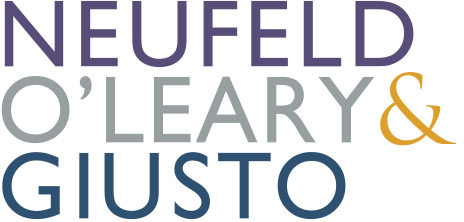A will is an important document needed to ensure that your loved ones are taken care of in a manner that you see fit. However, it’s not enough to prepare and execute a will. Important steps must be taken to safeguard your will and estate plan is actually carried out as you intend. One easily overlooked step, but which a former colleague turned Court attorney assures me comes up frequently, is securing the whereabouts of your original will and leaving behind appropriate information to aid those who will be handling your estate.
Safeguarding your will
There are 2 main options for securing your original will:
- Have your attorney maintain the original will in his/her vault. The advantage is that it is kept secure, but also easily accessed by family members after your death. However, it is important to give family members or trusted individuals, the attorney’s name, firm name, and contact information.
- Put it in your home safe or safe deposit box. Again it is crucial that someone other than you knows where it is. In the case of a home safe, the combination needs to be left with a trusted individual or placed in your files where it can be found by your heirs. If the will is held in a safety deposit box, make sure someone knows which bank has the will and that the person has access to the safe deposit box. You should confirm with the bank that the joint signer on your box will be allowed to access it after you pass away. Otherwise, the person will be required to obtain a court order for access.
Providing information in your personal files
In addition to leaving instructions about the location of your original will, your personal records should have additional materials to aid those who will be handling your affairs. These include:
- Photocopy of the will. This is useful to indicate that you have a will in case your family was not sure if you did. It also may be useful if your original is lost. In making a photocopy of your will, note that you should not unstaple the original will to make a photocopy. If a will is presented for probate and it appears to be an unstapled will, a sworn affidavit explaining why this was done must be filed with the Court. That can be difficult to accomplish because it may require tracking down the attorney preparer (and that the attorney remember why there was an unstapled will in the first place).
- List of all accounts by institution with account numbers. You should also include information on beneficiary designations for each account.
- List of life insurance policies and beneficiary designations.
- List of other assets. This includes personal and real property.
- List of all email and other online passwords. This allows survivors to close accounts, access important information which may not be saved elsewhere, and obtain contact information for those who you would like to see notified about your passing.
Beware of the lost will
If you do not take the steps outlined above, you run the risk of leaving heirs with a “lost will.” In the case of a missing will, the process of submitting a will for probate becomes much more involved. The administrator must establish:
- The will has not been revoked. It must be shown that the decedent did not destroy the will and that is why the original will is missing.
- There was due execution of the will. This is difficult to prove without an original attesting witness affidavit so the witnesses to the will signing may need to be located and required to appear in court.
- The contents of the will. This can usually be accomplished with a photocopy of the will.
A lost will is ripe for challenge by beneficiaries who are not pleased with the will’s provisions (or may stand to benefit if no will is admitted).
Follow these guidelines to ensure your property is distributed the way you intended and without added stress for your heirs.
Learn more about our estate and trust administration practice.
This post does not constitute legal advice or establish an attorney-client relationship.
